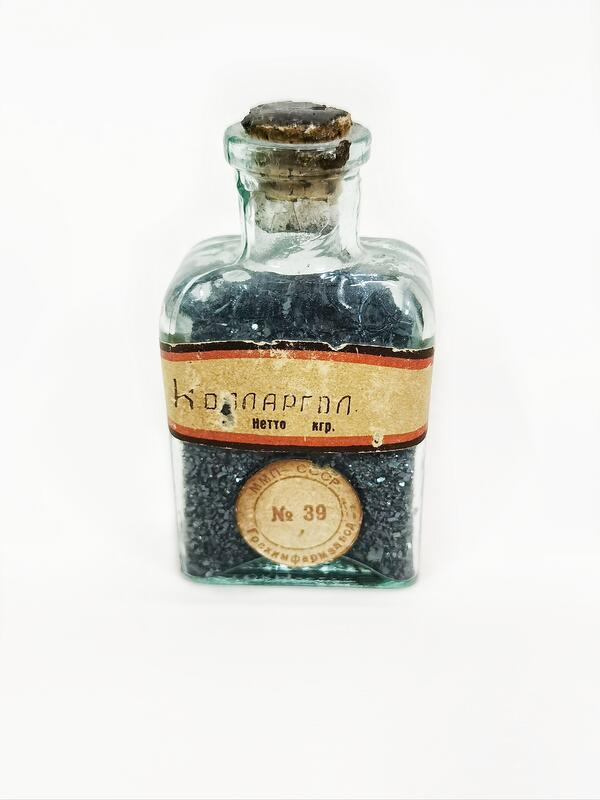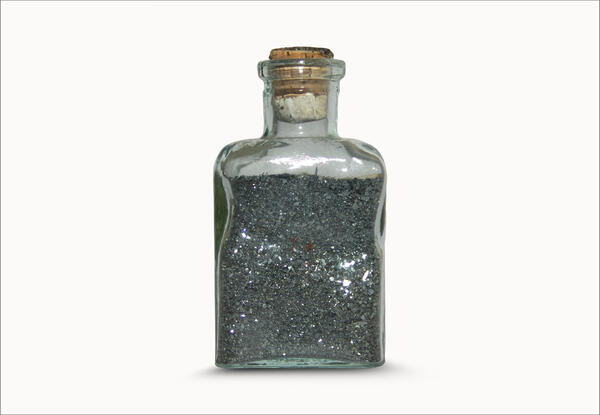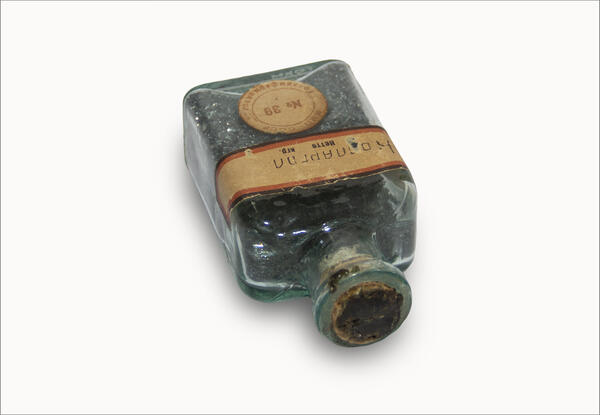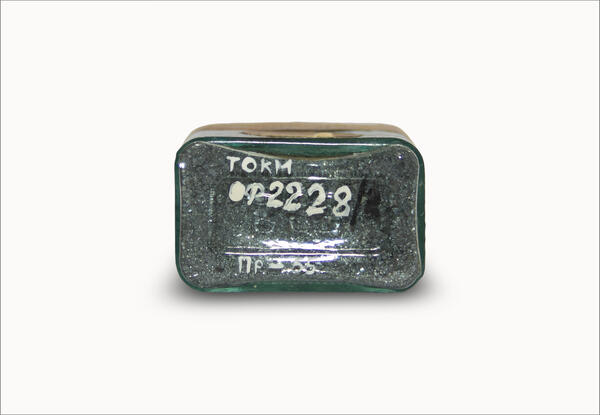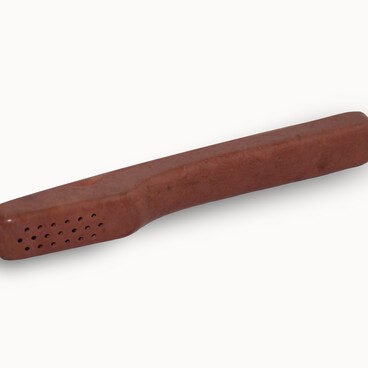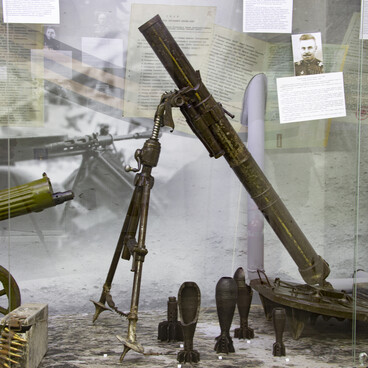In October 1941, it was decided to evacuate the Karpov Moscow Chemical and Pharmaceutical Factory. Initially, the enterprise was supposed to be located at the facilities of the Tyumen Brewery, but it turned out that the area has been already occupied by the Taganrog Motorcycle Factory. It was therefore decided to have the chemical and pharmaceutical plant accommodated in the premises of the Tyumen Pobeda Furniture Factory.
From the first days of their stay in Tyumen, the factory’s staff began to produce medicines. As early as by February 1, 1942, it was planned to make sublimated iodine, caffeine salts, sodium chloride, and later other preparations. In the first months of 1942, the products were sent to the factories of Chelyabinsk, Voronezh, Kazan, Khabarovsk, and Moscow, as well as to the factory of endocrine preparations in Novosibirsk.
The work of chemists and pharmacologists was so important that the government equated the factories of the medical industry with defense enterprises. One of the medicines that were produced there was an antiseptic drug named Collargol.
It looks like small greenish-black or bluish-black plates with a metallic luster. It is soluble in water. Collargol is used as eye drops in the form of 1–2% solutions, administered through irrigation. It is also used for marking the patient’s skin, or for signing radiographs.
The bottle from the museum’s collection has a rectangular shape with a cylindrical neck sealed with natural cork and sealing wax. The label expands a little in the middle, has a black and red border, and bears a handwritten ink inscription “Collargol”. Attached at the bottom is a round-shaped label with the stamp “MMP of USSR, State Chemical and Pharmaceutical Factory No. 39”.
Throughout the war, the factory staff did their job impeccably and coped successfully with the tasks of producing medicines that were necessary for the army and navy. After the end of the war, the factory stayed in Tyumen. It still operates at the same place as the Tyumen Chemical and Pharmaceutical Factory. It mostly manufactures socially significant drugs: Aspirin, Analgin, Furacilin, Furagin, ascorbic acid, Furadonin, and others.
From the first days of their stay in Tyumen, the factory’s staff began to produce medicines. As early as by February 1, 1942, it was planned to make sublimated iodine, caffeine salts, sodium chloride, and later other preparations. In the first months of 1942, the products were sent to the factories of Chelyabinsk, Voronezh, Kazan, Khabarovsk, and Moscow, as well as to the factory of endocrine preparations in Novosibirsk.
The work of chemists and pharmacologists was so important that the government equated the factories of the medical industry with defense enterprises. One of the medicines that were produced there was an antiseptic drug named Collargol.
It looks like small greenish-black or bluish-black plates with a metallic luster. It is soluble in water. Collargol is used as eye drops in the form of 1–2% solutions, administered through irrigation. It is also used for marking the patient’s skin, or for signing radiographs.
The bottle from the museum’s collection has a rectangular shape with a cylindrical neck sealed with natural cork and sealing wax. The label expands a little in the middle, has a black and red border, and bears a handwritten ink inscription “Collargol”. Attached at the bottom is a round-shaped label with the stamp “MMP of USSR, State Chemical and Pharmaceutical Factory No. 39”.
Throughout the war, the factory staff did their job impeccably and coped successfully with the tasks of producing medicines that were necessary for the army and navy. After the end of the war, the factory stayed in Tyumen. It still operates at the same place as the Tyumen Chemical and Pharmaceutical Factory. It mostly manufactures socially significant drugs: Aspirin, Analgin, Furacilin, Furagin, ascorbic acid, Furadonin, and others.

